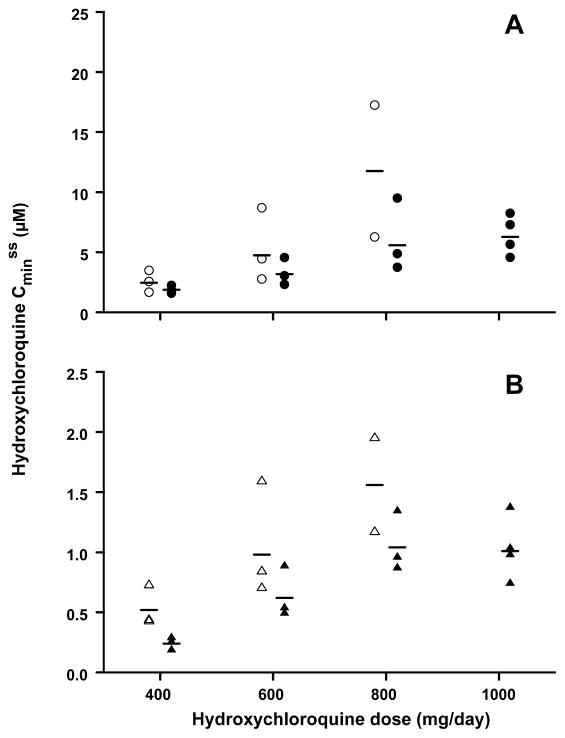Figure 1. Disruption of drug resistance by chloroquine or hydroxychloroquine.
(A) Photomicrographs illustrating the morphology of untreated PC9 NSCLC cells and three representative clones that had been selected for resistance either to gefitinib (GR3) or erlotinib (ER3 and ER4) by continuous culture in 1 micromolar (μM) drug for several weeks. (B). Viability of parental PC9 cells and several gefitinib-resistant (GR) or erlotinib-resistant (ER) PC9-derived clones following 72 hr treatment with 10 μM chloroquine (CQ), as measured using SYTO60 nuclear staining. (C) Comparison of the effects of CQ and hydroxychloroquine (HCQ) on the viability of representative tested resistant clones using the assay described in B. (D). Upper panels: Representative plates of cells stained with SYTO60 following drug treatment in the presence or absence of HCQ for the indicated number of days. Included are PC9 cells treated with erlotinib (ERL) or cisplatin (CISPLAT), the HER2-amplified breast cancer cell line SKBR3, treated with the HER2 kinase inhibitor lapatinib (LAPAT), and the BRAF mutant melanoma cell line M14 treated with the RAF kinase inhibitor AZ628. Lower panels: Graphs depicting the quantitative analysis of drug-resistant colonies detected, as averaged from three independent plates, with error bars representing the standard deviation.

